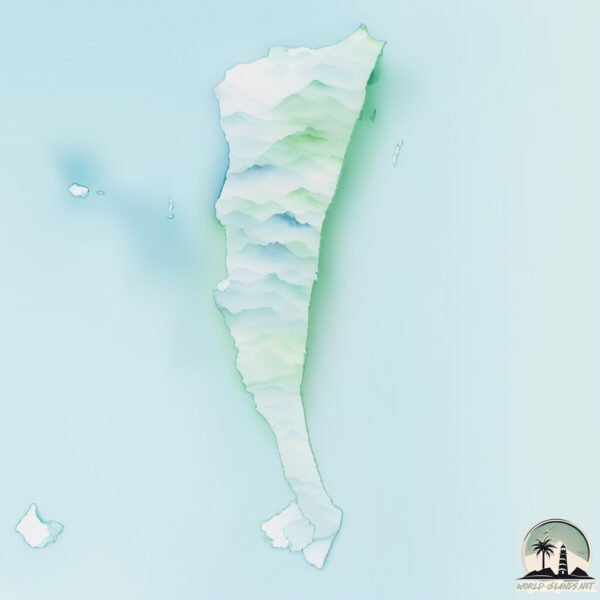Welcome to Moreton , a Temperate island in the Coral Sea, part of the majestic Pacific Ocean. This guide offers a comprehensive overview of what makes Moreton unique – from its geography and climate to its population, infrastructure, and beyond. Dive into the details:
Geography and size of Moreton
Size: 180.2 km²Coastline: 116.9 kmOcean: Pacific OceanSea: Coral SeaContinent: Oceania
Moreton is a Large Island spanning 180 km² with a coastline of 117 km.
Archipel: –
Tectonic Plate: Australia – A major tectonic plate covering Australia, New Zealand, and parts of the Indian and Pacific Oceans, known for its relative stability and occasional seismic activity.
The geographic heart of the island is pinpointed at these coordinates:
Climate and weather of Moreton
Climate Zone: TemperateClimate Details: Humid Subtropical ClimateTemperature: Hot Summer
Climate Characteristics: With continuous rainfall and hot summers, this climate is common in some coastal regions, supporting diverse vegetation.
Topography and nature of Moreton
Timezone: UTC+10:00Timezone places: Australia/SydneyMax. Elevation: 224 m Mean Elevation: 58 mVegetation: Evergreen Broadleaf ForestTree Coverage: 78%
The mean elevation is 58 m. The highest elevation on the island reaches approximately 224 meters above sea level. The island is characterized by Hills: Gently sloping landforms with rounded tops, having a maximum elevation between 200 and 500 meters. Hills contribute to a varied landscape on islands.
Dominating Vegetation: Evergreen Broadleaf Forest
Vegetation: 11 vegetation zones – Exceptionally Diverse Island
Infrastructure and Travelling to Moreton
Does the island have a public airport? no .
Does the island have a major port? no .
The mean population of Moreton is 2 per km². Moreton is Gently Populated. The island belongs to Australia .
Continuing your journey, North Stradbroke is the next notable island, situated merely km away.
CHEAPEST Way to Moreton Island or Tangalooma, from Brisbane
Hi Travellers, this weeks video details the Cheapest Way to Get to Moreton Island or Tangalooma. But, if that's not ideal for you, ...
CHEAPEST Way to Moreton Island or Tangalooma, from Brisbane
Hi Travellers, this weeks video details the Cheapest Way to Get to ...
Hi Travellers, this weeks video details the Cheapest Way to Get to Moreton Island or Tangalooma. But, if that's not ideal for you, ...
Top Must Do Experiences at Moreton Island, Queensland | Play Travel
If you're stuck for ideas on where to travel in 2021 check-out this ...
If you're stuck for ideas on where to travel in 2021 check-out this Aussie island experience just 40 km off the coast of Brisbane.
Moreton Island Day Trip from Brisbane | Snorkelling, Kayaking, Sand Tobogganing & Wrecks
Book this tour on Get Your Guide ...
Book this tour on Get Your Guide ...
Australia is classified as Developed region: nonG7: Developed economies outside of the Group of Seven, characterized by high income and advanced economic structures. The level of income is High income: OECD.
News – Latest Updates and Headlines from Moreton
Stay informed with the most recent news and important headlines from Moreton. Here’s a roundup of the latest developments.
Loading...
Please note: The data used here has been primarily extracted from satellite readings. Deviations from exact values may occur, particularly regarding the height of elevations and population density. Land area and coastline measurements refer to average values at mean high tide.

